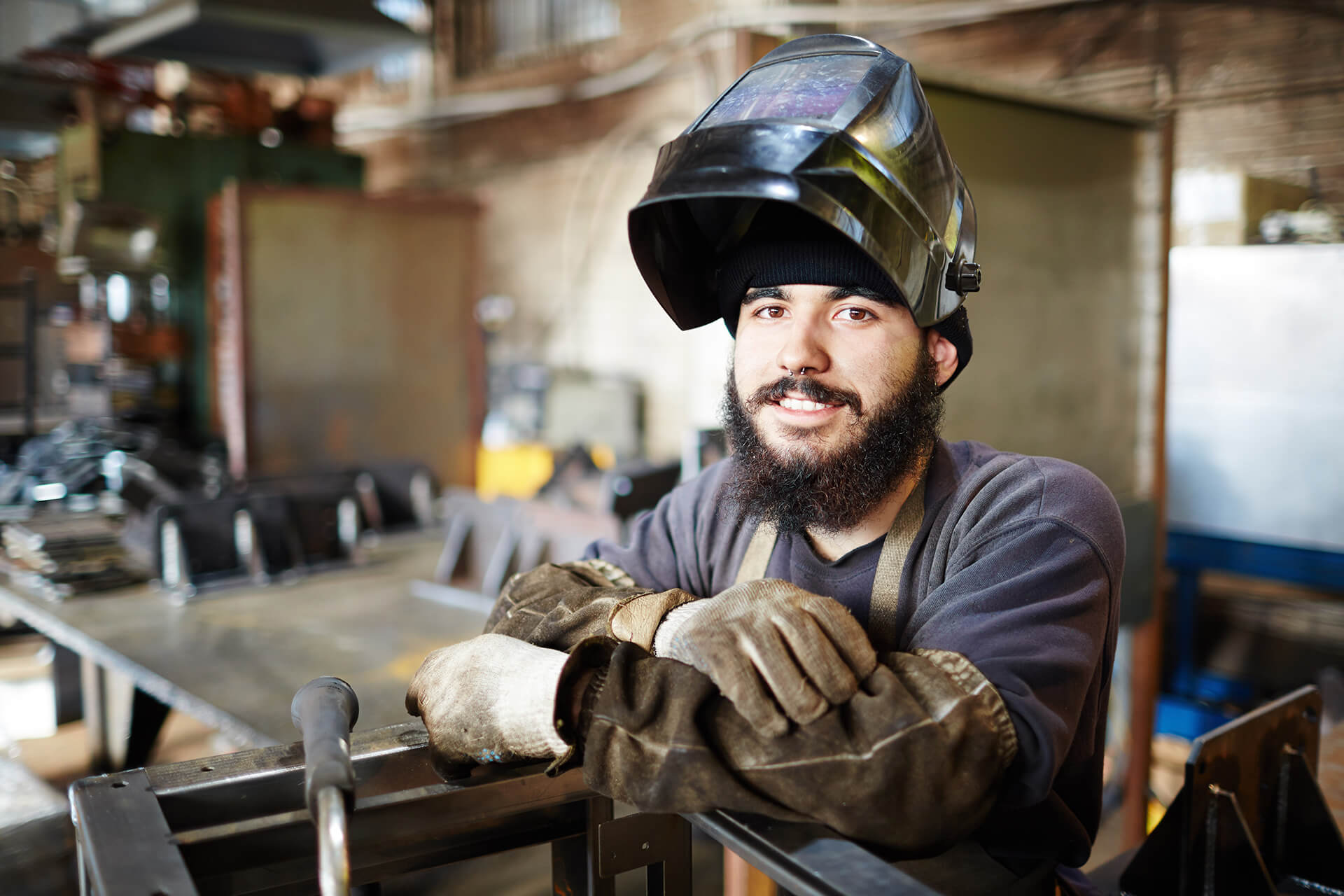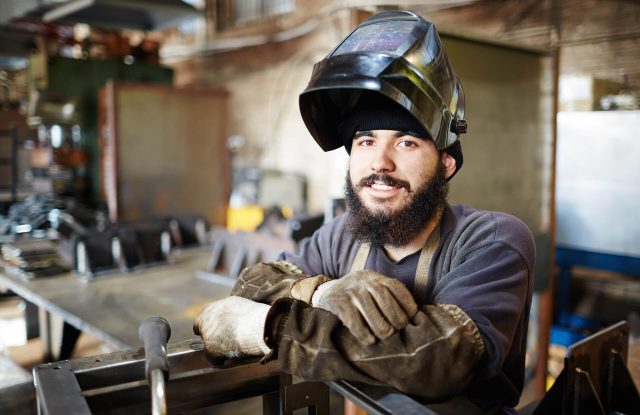The Occupational Safety and Health Administration (OSHA) is a regulatory agency dedicated to workplace safety. Covering the private sector under the U.S. Department of Labor, OSHA’s mission is to, “ensure safe and healthful working conditions for working men and women.”
At Rooster Fabrication & Construction, we take industrial safety seriously, and it’s our goal to make certain that our workers are protected from harmful situations while on the job.
And you should too, regardless of your occupation or industry.
A safe working environment is one that is free from recognized hazards and includes both personal protective equipment for your employees (such as earplugs, welding helmets and respirators) as well as workplace safety measures (like slip resistant surfaces, spill containment and clean-up, and fire suppression systems to extinguish and prevent the spread of flames).
The services provided by Rooster Fabrication are heavy-duty and demanding, and this means that our employees are exposed to workplace hazards like heavy equipment, chemicals, electrical components, and intense heat . As we strive to provide a safe working environment for every worker, we also strive to minimize potentially dangerous situations. Not only is this critical to our team, but it also safeguards equipment and minimizes lost production time.
Start by assessing your own workplace or job site for common safety hazards that can put your team at risk. Next, institute a safety plan that considers aspects such as:
- Fall safety. Ensure that your employees have properly sized gear and fall protection measures are in place (such as railing).
- Clutter and spills. Make sure aisles, hallways, workplaces, and emergency exits are unencumbered and free from clutter. Not only will this help prevent falls, exits will also be quickly accessible in case emergency egress is necessary. Additionally, Material Safety Data Sheets (MSDS) delineate safe handling, clean-up, fire-fighting, and first aid measures for common hazardous materials that are on your worksite. Keep them in a well-marked binder that is readily accessible by every employee.
- Heavy equipment safety. Heavy machinery that is overloaded (or being operated by distracted drivers) can pose serious workplace safety hazards. Ensure that your workers are properly trained and tested in equipment usage — and make sure there are adequate walkways and cleared areas for pedestrian safety too.
There are many other hazards present on job sites, and identifying areas of opportunity is just the start. Follow-up by developing safety protocols and training programs for your teams. Most of all, emphasizing vigilance in the workplace, throughout the day, is key.
Safety is everyone’s responsibility.



